

Engage prospects with a scan and streamline customer engagement with FREE QR code marketing tools by Sona – no strings attached!
Create a Free QR CodeFree consultation

No commitment

Engage prospects with a scan and streamline customer engagement with FREE QR code marketing tools by Sona – no strings attached!
Create a Free QR CodeFree consultation

No commitment
Many furniture retailers struggle to convert in-store interest into online or follow-up engagement, often due to breakdowns in capturing and activating first-party data. Shoppers browse showrooms, circle items in catalogs, and flip through lookbooks, yet leave without becoming known contacts. QR codes in marketing solve this by connecting the showroom floor with rich digital content, making it easy for customers to self-serve information and for retailers to capture signals of interest without requiring forms or prolonged conversations.
The most effective implementations replace outdated analog processes. Paper price cards become gateways to live inventory and financing pre-qualification. Thick catalogs become scannable visual guides that filter by style or room. Manual sign-up sheets for delivery updates or loyalty turn into one-tap digital forms. When QR programs are intentional and measurable, furniture brands reduce the friction that causes lost opportunities, then feed real engagement into their CRM and marketing stack for timely follow-up.
To implement this effectively:
Automating data capture with a modern platform like Sona QR helps furniture stores overcome the historical challenge of missing qualified prospects who otherwise go untracked. It also equips teams to iterate quickly on what works, refresh content without reprinting, and prove ROI across online and offline spend.
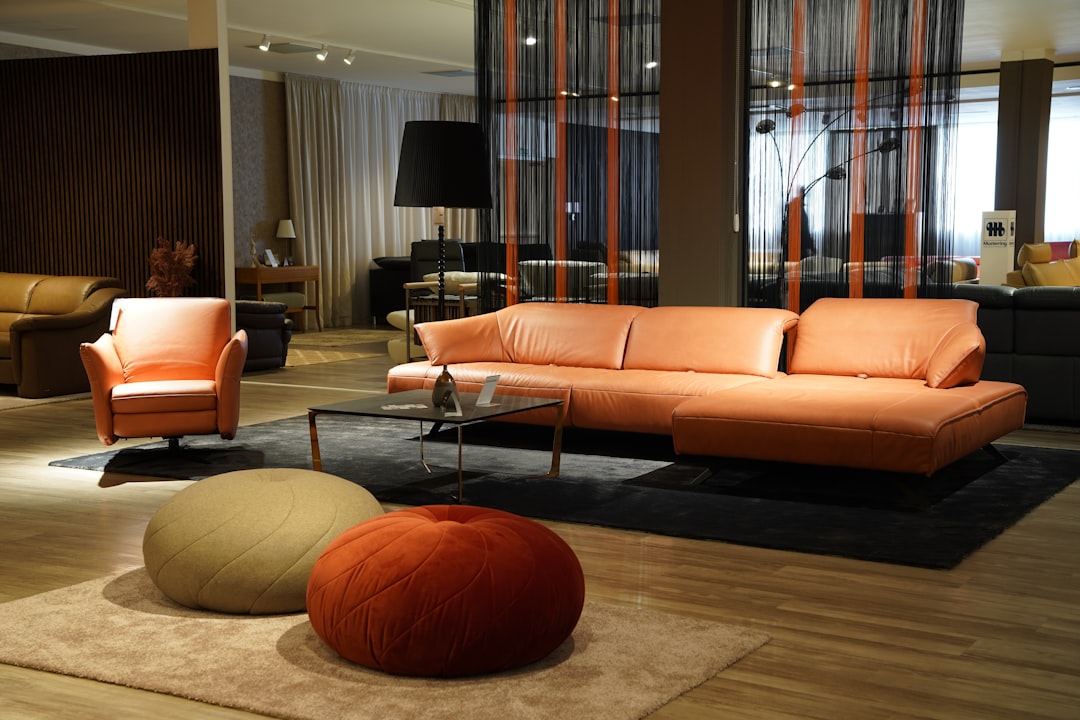
Furniture retailers invest heavily in store design, visual merchandising, and print campaigns, yet often lack visibility into which prospects engage and where leads are lost. Today’s buyers expect frictionless access to price, dimensions, materials, and availability. They want to compare options, see items in their homes with AR experiences, check delivery timelines, and claim promotions without downloading an app. Workflows dependent on static catalogs, manual quote pads, and paper loyalty forms fail to meet these expectations and are difficult to measure.
QR codes resolve core pain points by turning every physical touchpoint into a digital moment of action. A scan on a sofa tag can open a style guide and room visualizer. A code on a financing poster can launch a pre-approval form. A label on packaging can unlock assembly videos and care tips. Unlike a flyer that disappears or a conversation that goes unlogged, each scan is captured with context, then used to personalize communications, inform merchandising, and improve marketing effectiveness.
When added to appointment cards, sales signage, catalogs, delivery checklists, and direct mail, QR codes transform static marketing into a measurable lead generation system. The result is a connected buying experience and a data foundation that guides better decisions.
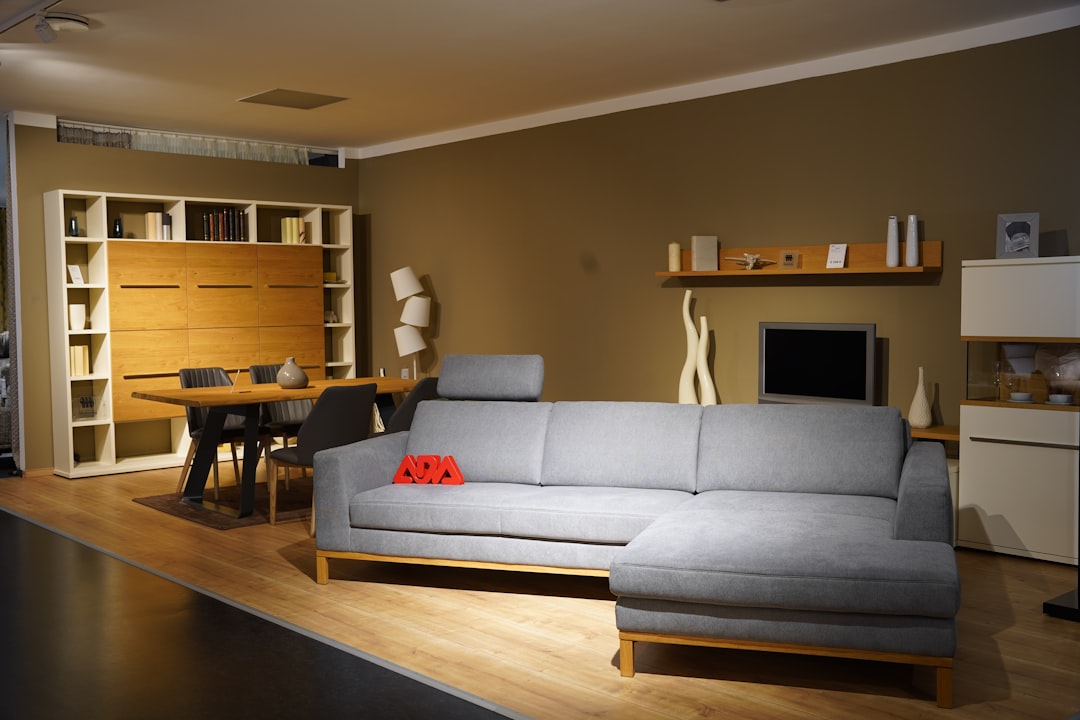
Furniture teams juggle multiple touchpoints, each with distinct goals, from showcasing product details to supporting customers after delivery. The right QR formats help stores move beyond generic analytics and toward precise, intent-based measurement. Dynamic codes are especially valuable because they can be edited without reprinting and provide granular scan data for attribution.
Start with formats that match customer behavior in furniture settings. Many shoppers want quick access to product pages, pricing, and room visualization. Others value direct contact with a designer or sales rep. Post-purchase, customers seek assembly, care, and warranty support. Selecting formats aligned to these jobs-to-be-done improves engagement and yields cleaner data.
With Sona QR, retailers can generate, organize, and update any of these formats in one platform. Dynamic codes also enable A/B testing of destinations, segmented experiences by location, and precise reporting to inform merchandising and marketing strategy.
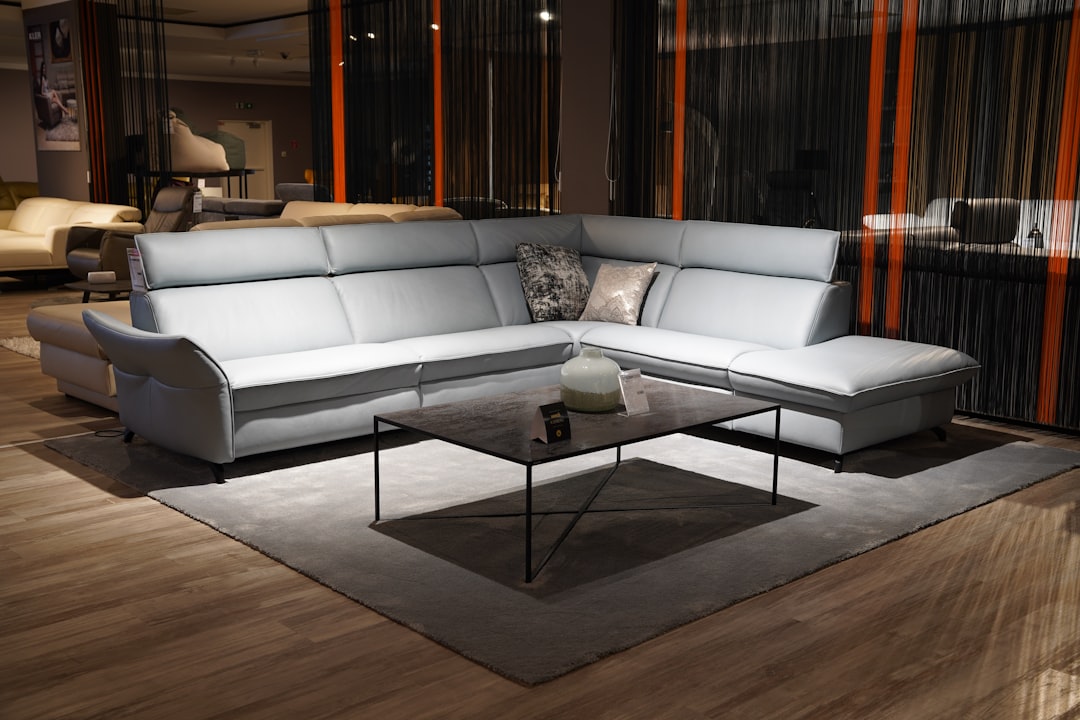
The most impactful QR placements align with moments of high intent. Furniture shoppers often move between browsing, measuring, visualizing, and negotiating. Strategic QR placement at these moments supports decision-making while turning engagement into measurable signals retailers can use to prioritize follow-up and personalize offers.
Start by mapping your store traffic patterns and primary marketing channels. Identify bottlenecks, frequent questions, and content requests. Then deploy QR codes where customers naturally pause and seek information. Each scan becomes a valuable data point that refines your demand picture and elevates the sales experience.
By placing QR codes in high-traffic and high-intent areas, you can map conversion paths from first showroom interaction to final purchase and beyond. This intelligence reveals the next best actions for sales teams and the highest-yield placements for marketing.
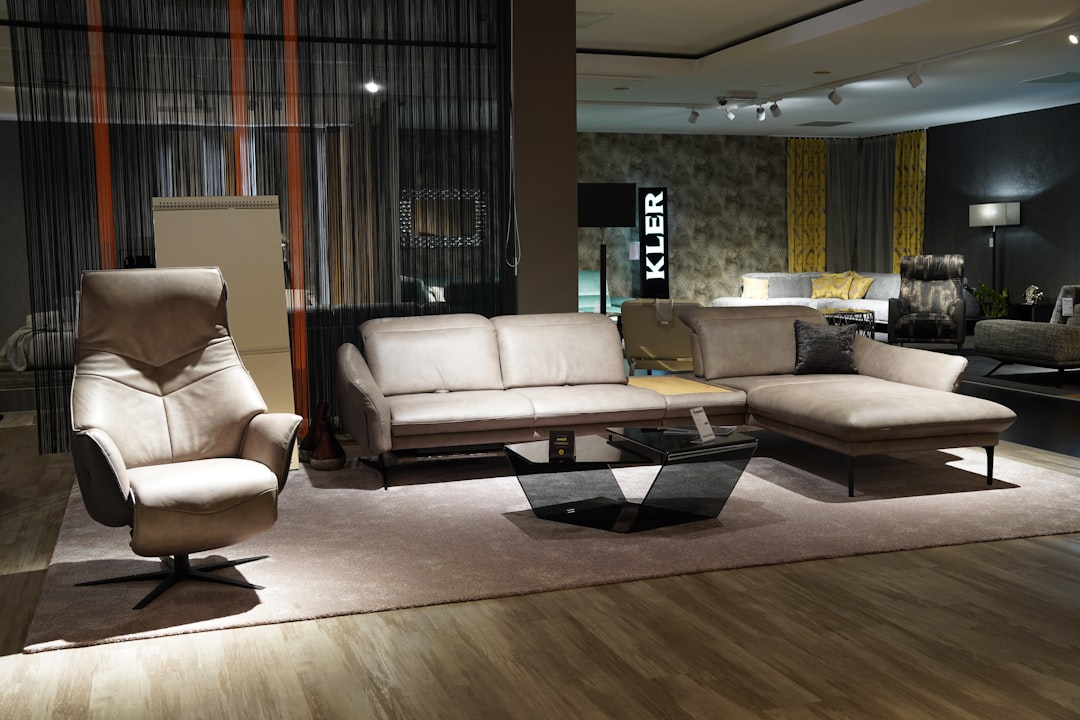
QR strategies perform best when they meet clear customer needs while advancing measurable business goals. In furniture retail, three use cases consistently close gaps in the buyer journey and reduce operational friction. They also generate first-party data that powers more accurate retargeting and forecasting.
Start with high-impact pilots that can be rolled out incrementally. For example, upgrade tags in your top five categories, launch a financing scan on a flagship display, or add assembly codes to best sellers. Establish baselines for scan volume, conversion rate, and post-scan actions, then iterate on placement and messaging to improve results month over month.
Each use case transforms passive interest into trackable, actionable data. Over time, your store builds a reliable view of what content accelerates purchases, which offers reduce cart abandonment, and which post-sale journeys increase lifetime value.
Incomplete or outdated data leads to clumsy retargeting and wasted ad spend. Every QR scan contains intent in context, such as the product viewed or the department visited. By deploying unique codes across touchpoints and stages, you create behavior-based segments that reflect reality. This enables more relevant messaging through email, SMS, and ads via Sona’s intent-driven retargeting.
Furniture buying cycles can span days to months. High-quality segmentation helps you nurture prospects through that timeline without fatigue. Segment by room type, style preference, budget bracket, or interest in financing. Follow-up conversations become helpful, not pushy, because they reference exactly what the shopper explored.
Audience distinctions are especially valuable in furniture. For example, differentiate designer-led consult seekers from promotion-driven bargain hunters, and separate patio refreshers from full-home remodelers. Messaging and cadence can then reflect each group’s priorities and timeline.
Offline branding and online performance often feel like separate worlds. QR codes connect these efforts by adding scannability and data capture to every channel. That means fewer blind spots and faster iteration as you observe what content actually earns attention and drives action.
Begin by auditing your marketing mix. For each channel, decide the best next step to offer via QR. A brochure might point to a curated landing page for the featured collection. A window display might jump to AR so passersby can visualize a sectional in their living rooms. A trade show booth might route to a digital lookbook with lead capture. With Sona QR, you can manage these codes centrally, map scans to campaigns, and sync results to your CRM and analytics stack.
QR codes serve as the offline on-ramp to your digital marketing engine. With a centralized platform like Sona QR, you can manage codes, monitor performance, and sync scan data with your CRM and ad platforms. The result is a connected customer journey and a feedback loop that elevates both brand and performance.
A great QR program starts with a narrow goal and a clean measurement plan, then expands quickly as results validate the approach. The following steps are designed for furniture retailers ready to move from isolated tests to a repeatable, revenue-focused practice.
Use these steps to plan, launch, and optimize your campaigns. By following a consistent process, you avoid common pitfalls like unclear calls to action, poorly placed codes, or destinations that do not match shopper intent.
Start by identifying a core challenge or goal, such as boosting follow-up from overlooked showroom browsers, increasing responses to postcard mailers, or improving financing pre-qualification for big-ticket categories. Define a clear success metric like scan-to-appointment conversion, coupon redemption rate, or average order value lift among scanners.
Tailor goals to your store’s realities. For a design-forward boutique, the goal might be to drive in-home consultations via a QR on designer profiles. For a large-format store, it could be to increase digital catalog engagement for top sellers and push AR usage that shortens the decision cycle.
Use dynamic codes for campaigns that require ongoing insights, updates, and testing. Reserve static codes for evergreen resources like assembly instructions or general care guides. If you want data, retargeting, and future flexibility, choose dynamic. It lets you update the destination without reprinting and provides scan analytics for optimization.
Match code type to the job. A dynamic code on a product tag can shift from a launch video to a holiday offer without reprinting. A static code inside a drawer for assembly steps is fine because the content rarely changes and the primary goal is utility.
Design the code with your logo, brand colors, and a clear visual frame. Place a short, benefit-led call to action near the code, such as Scan for AR view, Scan for today’s price, or Scan for delivery dates. Include a fallback URL beneath the code for customers who prefer typing.
Test scans on multiple devices, angles, and lighting conditions. Validate that the destination loads quickly and is optimized for mobile. Confirm that analytics tags fire correctly and that UTM parameters map to the right campaigns in your analytics and ad platforms.
Launch codes where your audience already is and where the next step is obvious. Prioritize top-selling product tags, premium print pieces, in-store displays at decision points, merchandising endcaps, and direct mailers for seasonal promotions. For events and trade shows, put QR codes on booth backdrops, sample boards, and take-home swatches.
Map placement to audience behavior. Use larger codes with high contrast on signage viewed at a distance. Place codes at a comfortable scanning height near seating areas where customers linger. Ensure codes are not on curved or reflective surfaces that hinder scanning.
Monitor performance in real time with Sona QR. Track scans by time, location, device, and campaign. Watch conversion behavior and drop-off points to identify friction. A/B test landing pages, calls to action, and code designs. Iterate on placements and content to lift engagement.
Feed insights into your CRM and marketing automation to trigger timely follow-ups. For example, send an email with photos and dimensions to scanners of a specific sectional, or retarget scanners of a financing code with an offer for extended no-interest terms. This continuous loop turns scans into revenue outcomes.
This workflow addresses operational inefficiency and replaces manual processes with measurable, scalable engagement. As your team gains confidence, expand the program to more categories and campaigns, and standardize QR usage in your merchandising playbook.
Furniture marketing often struggles to connect showroom browsing and promotional engagement with actual revenue. A click on a website is easy to count, but a long visit to a display without a conversation is not. QR code analytics bridge this gap by instrumenting those moments so they can be mapped to pipeline and purchases.
A mature analytics approach goes beyond scan counts. It ties scans to the content consumed, tracks follow-on behavior, and attributes revenue to campaigns and placements. With Sona QR for code management and Sona.com for identity resolution and attribution, you can move from activity reporting to impact reporting; see Sona’s blog on offline attribution and account-level identification to connect scans to pipeline influence and revenue.
Stores that adopt this approach move beyond vanity metrics. They see which sections of the showroom create qualified intent, which promotions attract price-sensitive buyers, and which post-sale assets reduce returns. This clarity accelerates growth while controlling costs.
Initial adoption can falter without attention to operations and analytics. The key is to set standards, train teams, and use data to drive decisions. A few small process changes can unlock outsized impact, especially when you align QR programs with core merchandising and customer experience goals.
Once your foundational placements are working, experiment with more creative deployments. For example, add QR codes to fabric swatches that launch carousel galleries of real rooms, or include a QR on delivery invoices that encourages reviews with a small incentive. These touchpoints are highly contextual and therefore more likely to convert.
These practices directly address missed audiences, poor attribution, and low adoption that have hindered previous QR efforts. By building QR usage into standard operating procedures, you create durable habits that compound over time.
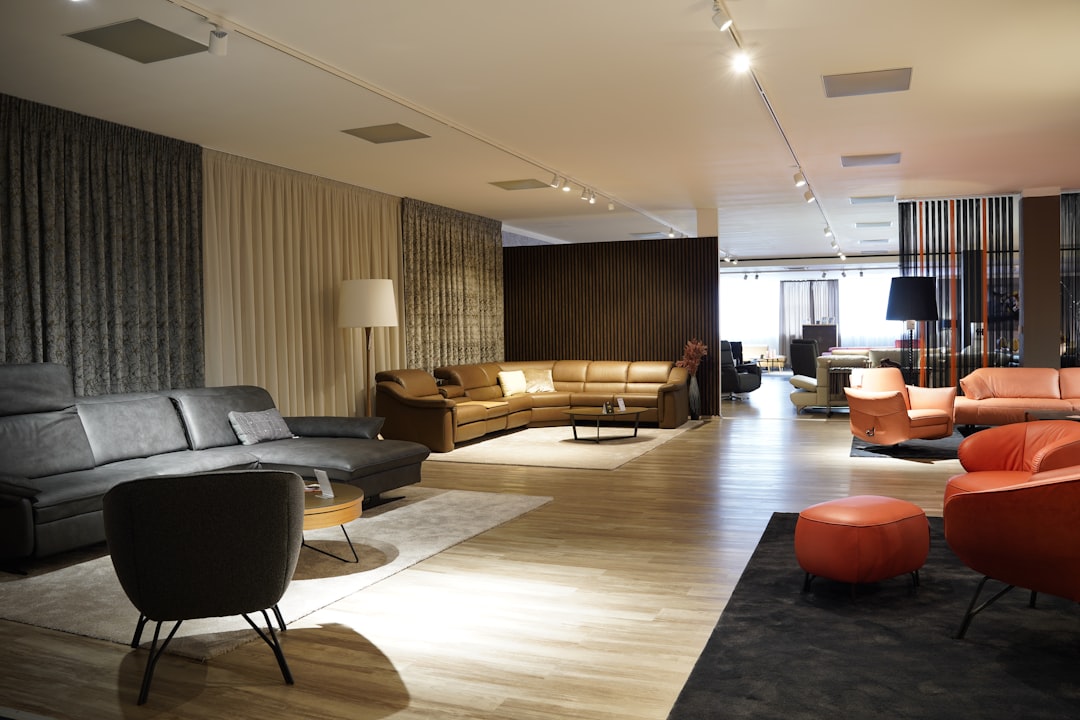
Although every market is different, common patterns emerge when furniture brands deploy QR codes strategically. The most successful programs respect the buyer’s need for clarity, self-service, and reassurance, then measure the impact at each step. Below are examples inspired by real outcomes that illustrate how QR codes close the loop between interest and revenue.
Use these as prompts for your own pilot. Start with categories where shoppers need more context or where price points create decision friction. Pair each QR destination with a measurable outcome, such as appointment requests, AR engagement, or accessory add-ons.
These examples show how strategic QR integration solves persistent challenges like missed prospects, lack of visibility, and coarse segmentation. They also demonstrate that small operational shifts can unlock meaningful gains.
QR technology is powerful, but execution details determine success. Many early deployments fail because codes are buried in clutter, link to generic pages, or lack a clear reason to scan. A little planning goes a long way in avoiding these traps and maximizing value.
Treat QR as a core part of the customer journey, not an afterthought. Each code should have a purpose, a measurable outcome, and a destination worthy of the customer’s time. When you respect the scan, customers reward you with engagement and trust.
Addressing these pitfalls upfront prevents incomplete data, disengaged staff, and wasted investment. The payoff is a better customer experience and measurable improvements in sales and loyalty.
QR codes are fast becoming essential for furniture stores that want to overcome analog inefficiencies, bridge data gaps, and capitalize on both in-store and online engagement. Static signage evolves into interactive touchpoints. Anonymous browsing becomes actionable data. Post-sale silence turns into a service-rich relationship that encourages repeat purchases.
Adopt these solutions to drive:
By connecting every showroom display, catalog page, and customer service touchpoint, QR codes transform retail from guesswork to measurable, proactive marketing. With Sona QR, you can generate and manage dynamic codes, track engagement in real time, and sync data with your CRM and ad platforms. With Sona.com, you can attribute revenue and unify fragmented journeys from first scan to closed sale; learn more about revenue attribution.
Start creating QR codes for free: Start creating QR codes for free.
QR codes have revolutionized furniture stores by transforming traditional browsing into interactive, measurable customer engagement. Whether it’s attracting new shoppers, enhancing in-store experiences through instant product info and virtual room previews, or streamlining post-purchase follow-ups, QR codes turn static displays into powerful conversion tools. Imagine knowing which pieces and promotions captivate your audience most—and instantly optimizing your campaigns based on real-time data.
With Sona QR, creating dynamic, trackable QR codes is effortless. Update your campaigns anytime without costly reprints, connect every scan to sales insights, and turn casual browsers into loyal customers. No guesswork, no missed opportunities—just smarter marketing that drives revenue and elevates the shopping journey.
Start for free with Sona QR today and watch how every scan in your furniture store becomes a meaningful step toward growth and customer loyalty.
QR codes on product tags, signage, and direct mail provide access to digital promotions, financing offers, and coupons, helping you discover the best deals quickly and easily.
Furniture stores use QR codes to link to style guides, AR visualizers, and designer commentary, allowing shoppers to explore current trends and visualize furniture in their own spaces.
QR codes connect in-store displays to live inventory, financing pre-qualification, AR visualization, care instructions, and customer support, streamlining decision-making and enhancing engagement.
QR codes enable seamless access to product details, customer reviews, digital catalogs, and online ordering without app downloads, improving convenience and reducing friction in the buying process.
QR codes often link to augmented reality tools that let you visualize furniture placement and color options in your home, helping you make confident purchasing decisions.
Stores place QR codes on product tags, catalogs, signage, and packaging to capture customer interest anonymously, track interactions, and feed data into CRM systems for personalized follow-up.
Dynamic QR codes that can be updated without reprinting and provide scan analytics are most effective, while static codes suit evergreen content like assembly instructions.
High-impact placements include product tags, print collateral, point-of-sale displays, packaging, delivery paperwork, and direct mail to capture customer interest and support the purchase journey.
QR codes on packaging and delivery documents link to assembly videos, care guides, warranty registration, and accessory recommendations, reducing returns and enhancing customer satisfaction.
Retailers should define clear goals, choose appropriate code types, design codes with branding and calls to action, place codes purposefully, and track performance to optimize engagement and sales.
By assigning unique QR codes to different journey stages and products, stores capture intent signals that feed CRM and ad platforms, enabling personalized and timely retargeting campaigns.
Pitfalls include poor placement, vague calls to action, outdated content, and lack of staff training; these can be avoided by strategic positioning, clear messaging, dynamic content updates, and employee education.
QR codes provide measurable engagement data that helps retailers focus spend on effective channels, creatives, and offers, leading to higher conversion rates and reduced wasted advertising.
Yes, QR codes link to comparison charts, pricing details, and inventory status, allowing shoppers to self-serve information and make informed decisions without staff assistance.
Use Sona QR's trackable codes to improve customer acquisition and engagement today.
Create Your FREE Trackable QR Code in SecondsJoin results-focused teams combining Sona Platform automation with advanced Google Ads strategies to scale lead generation

Connect your existing CRM

Free Account Enrichment

No setup fees
No commitment required

Free consultation

Get a custom Google Ads roadmap for your business






Launch campaigns that generate qualified leads in 30 days or less.
